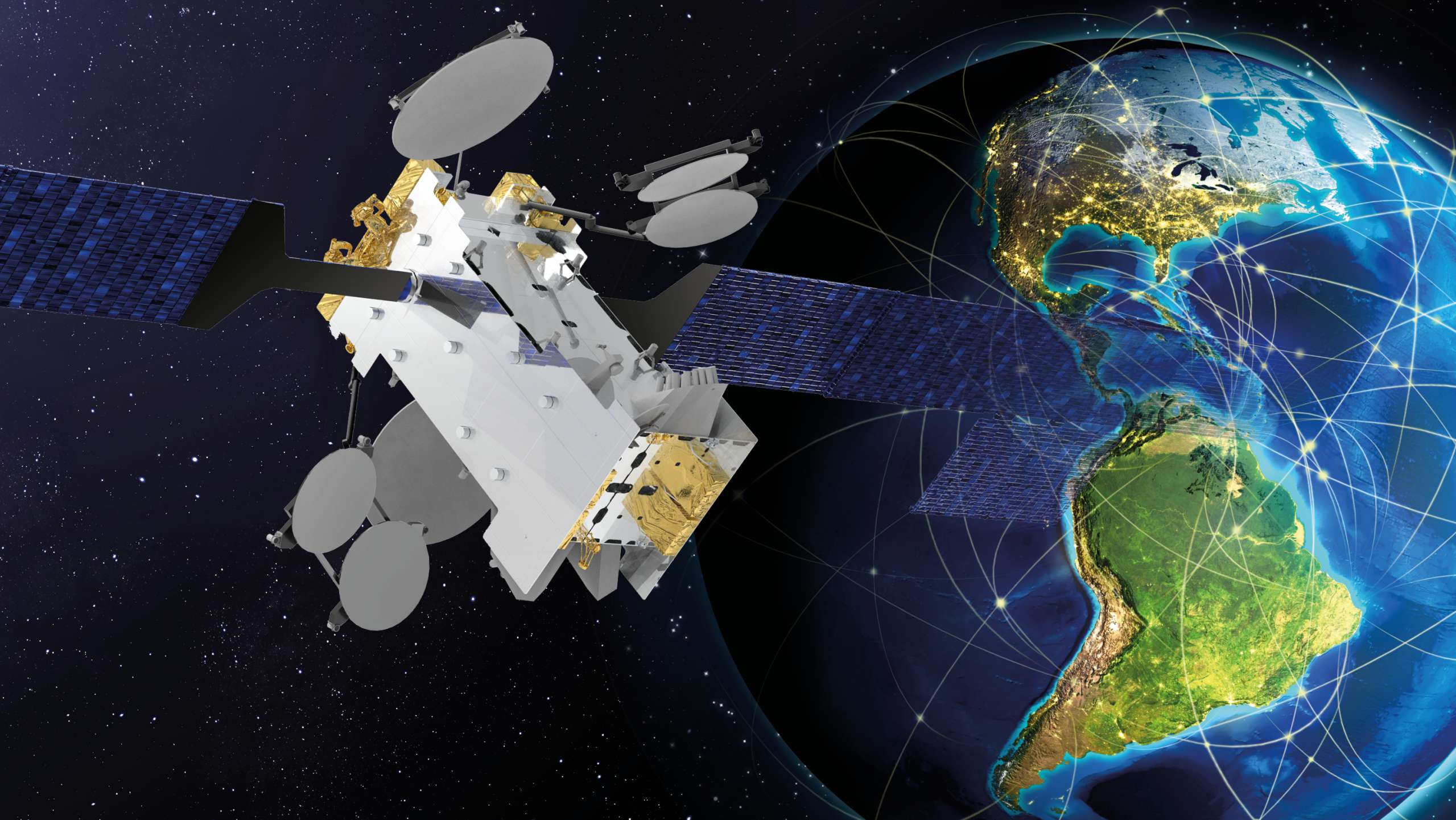SpaceX is preparing for a surge of geostationary communications satellite launches after several slow years.
In the late 2010s, orders of large geostationary commsats plummeted. Formerly a mainstay of the commercial launch industry, western geostationary satellite launches became much rarer in 2019 and the early 2020s. That downturn was especially noticeable for SpaceX, where geostationary transfer orbit (GTO) launches were one of the most common missions performed by its Falcon 9 rockets from 2014 through 2018.
In its first five years, SpaceX completed 28 GTO launches for commercial customers. That period culminated in 2018, when Falcon 9 conducted nine commercial GTO launches in one year. The sector then fell off a cliff as years of scarce satellite orders came to roost. From November 2018 to October 2022, SpaceX completed just 11 GTO launches. Only in late 2022 did its GTO launch activity begin to pick back up.
In the space of two months, SpaceX completed five commercial GTO launches, bringing its 2022 total to seven. SpaceX’s Falcon Heavy rocket also completed a pair of direct geosynchronous launches for the US military in November 2022 and January 2023. That resurgence of high Earth orbit launches is set to continue in 2023.
SpaceX has up to 11 commercial GTO or direct-to-GEO satellite launches scheduled in 2023. Including Space Norway’s Arctic Broadband Satellite Mission satellites, which are headed to an exotic high Earth orbit (GEO) instead of GTO, SpaceX has a dozen GEO/HEO satellite launches planned this year. A Falcon Heavy rocket launched the US military’s USSF-67 directly to geosynchronous orbit last month, and another Falcon Heavy is expected to launch the USSF-52 mission to GTO in the middle of the year.
Even if a few missions slip into 2024, 2023 could be the most prolific year of SpaceX geostationary satellite launches ever. Unofficial manifests indicate that SpaceX has another ten GTO launches scheduled in 2024, 2025, and beyond.

